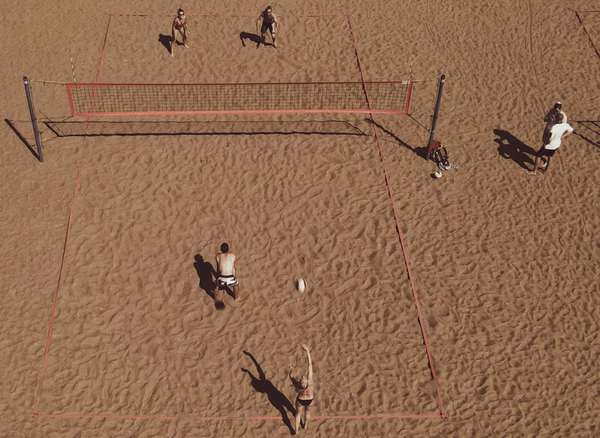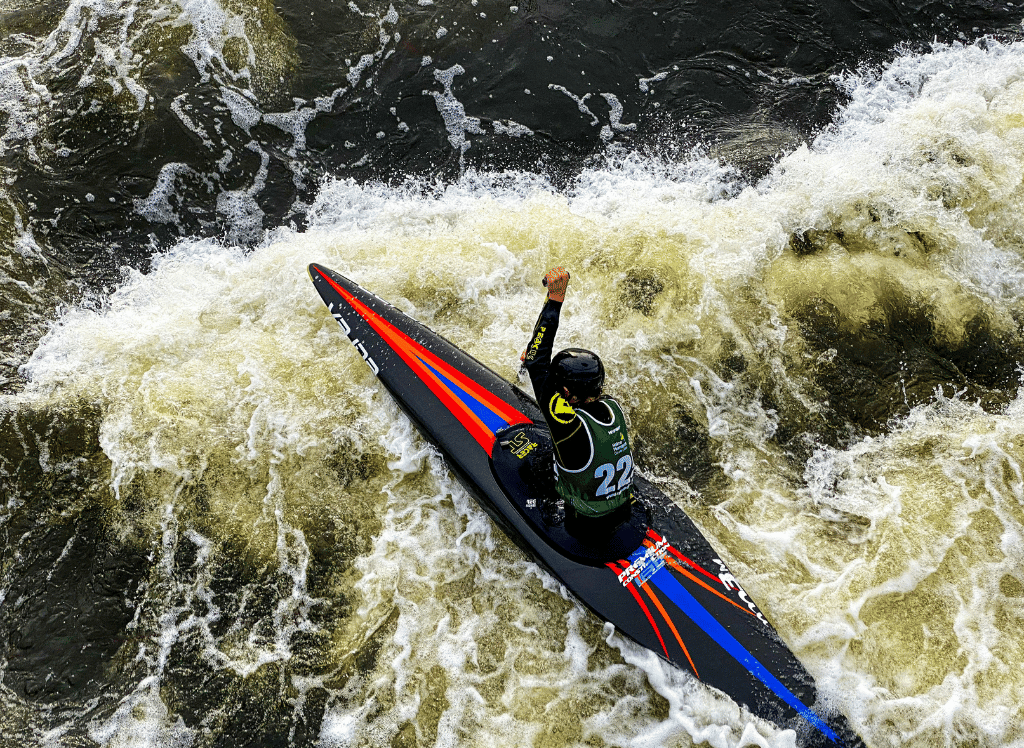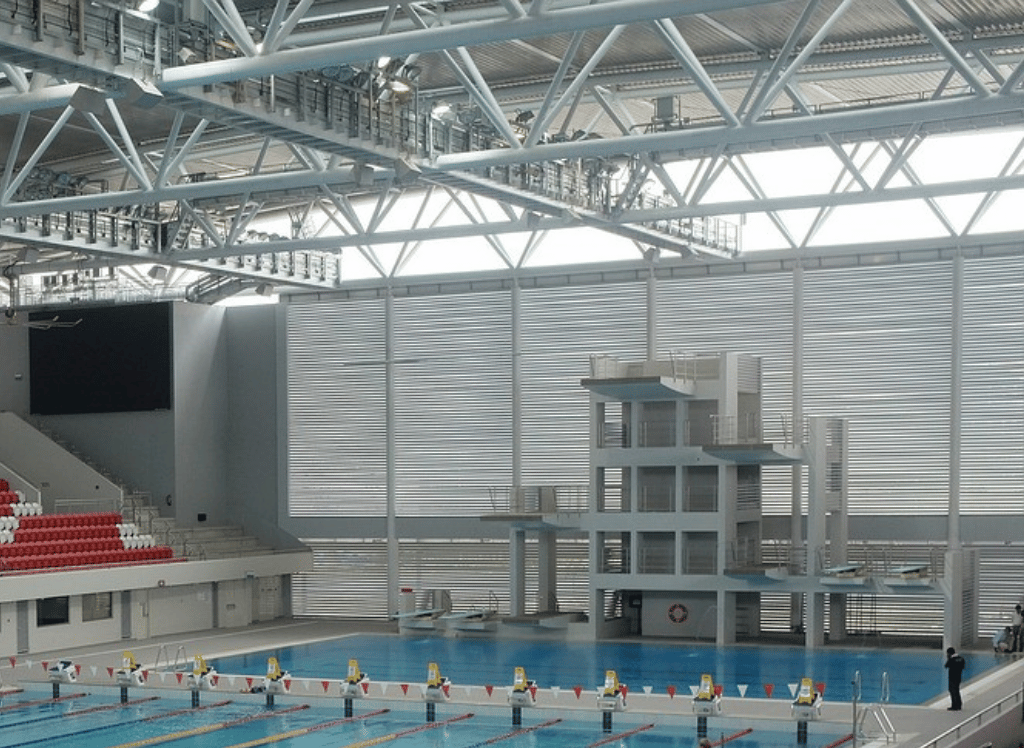Steeplechase races have a fascinating origin that dates back to 18th-century Ireland. The name "steeplechase" comes from the practice of racing from one town's church steeple to another. Riders would navigate natural obstacles like stone walls, streams, and hedges, making it a true test of endurance and skill. This historical context gives the sport its unique character and charm.
Fast forward to today, and steeplechase has evolved into a popular event in both horse racing and track and field. The essence of the race remains the same: competitors must overcome various obstacles, including water jumps and hurdles, to reach the finish line. Whether it's horses or runners, the steeplechase is a spectacle of speed, agility, and strategy.
A Galloping Adventure
In horse racing, steeplechase races are a thrilling spectacle. Horses and jockeys must navigate a course filled with fences, water jumps, and other barriers. These races are typically longer than flat races, often covering distances of 2 to 4 miles. The combination of speed and jumping ability makes for an exhilarating experience for both competitors and fans.
One of the most famous steeplechase races is the Grand National in England. This race features some of the most challenging obstacles in the sport, including the infamous Becher's Brook. The Grand National is a true test of a horse's stamina and a jockey's skill, making it a must-watch event for horse racing enthusiasts.
The Human Hurdle
Steeplechase isn't just for horses; it's also a popular event in track and field. In this version,
The race requires a unique blend of speed, endurance, and technique, making it one of the most challenging events in track and field.
The water jump is a particularly tricky obstacle. Athletes must clear a barrier and land in a water pit, which can disrupt their stride and momentum. The ability to recover quickly and maintain speed is crucial for success in this event. Steeplechase races are a true test of an athlete's versatility and resilience.
The Olympic Connection
Steeplechase has been a part of the Olympic Games since 1900 for men and 2008 for women. The event is a highlight of the track and field program, drawing athletes from around the world. Winning an Olympic steeplechase race is a prestigious achievement, often requiring years of dedicated training and preparation.
The Olympic trials are a crucial step for athletes aiming to compete in the Games. These trials are highly competitive, with only the best runners earning a spot on their national team. The pressure is immense, but the reward of representing one's country on the world stage is worth the effort.
The Anatomy of a Steeplechase Course
A steeplechase course is designed to challenge competitors at every turn.
The layout is carefully planned to test the horse's jumping ability and the jockey's skill in navigating the course.
In track and field, the course consists of a 400-meter track with hurdles and a water pit. The hurdles are spaced evenly around the track, with the water pit typically located on the inside lane. Athletes must clear each hurdle and navigate the water pit without breaking their stride, making for a demanding and exciting race.
The Role of the Jockey
In horse racing, the jockey plays a crucial role in the outcome of a steeplechase race. A skilled jockey must have a deep understanding of their horse's strengths and weaknesses, as well as the ability to make split-second decisions during the race. The jockey's strategy can make the difference between winning and losing.
Jockeys must also be in peak physical condition. Steeplechase races are long and grueling, requiring stamina and strength. The ability to maintain control of the horse while navigating obstacles is a testament to the jockey's skill and athleticism.
The Athlete's Challenge
For track and field athletes, steeplechase is a unique challenge that requires a combination of speed and technique. Runners must be able to maintain a fast pace while clearing hurdles and navigating the water pit. The ability to recover quickly from each obstacle is crucial for maintaining momentum and finishing strong.
Training for steeplechase involves a mix of running workouts and hurdle drills. Athletes must develop the strength and agility needed to clear obstacles efficiently, as well as the endurance to sustain a fast pace over 3,000 meters. It's a demanding event that tests every aspect of an athlete's abilities.
The Water Jump
The water jump is one of the most iconic features of steeplechase races. In both horse racing and track and field, the water jump adds an extra layer of difficulty and excitement. Competitors must clear a barrier and land in a water pit, which can disrupt their stride and slow them down.
In track and field, the water pit is typically 3.66 meters long and 70 centimeters deep at its deepest point. Athletes must time their jump perfectly to avoid landing too deep in the water, which can sap their energy and momentum. The water jump is a true test of an athlete's technique and resilience.
Falls and Injuries
Steeplechase races are not without risks. The combination of speed and obstacles can lead to falls and injuries for both horses and athletes. In horse racing, a fall at a fence or water jump can result in serious injury to the horse or jockey. Safety measures are in place to minimize these risks, but the inherent danger of the sport adds to its excitement.
In track and field, athletes risk tripping over hurdles or slipping in the water pit. Falls can lead to injuries that may sideline an athlete for weeks or even months. Despite these risks, the thrill of competition and the pursuit of victory drive competitors to push their limits.
Preparing for the Challenge
Training for steeplechase is a rigorous and demanding process. In horse racing, trainers work with horses to develop their jumping ability and stamina. This involves a combination of flat racing and obstacle training, as well as conditioning exercises to build strength and endurance.
For track and field athletes, training involves a mix of running workouts, hurdle drills, and strength training. Athletes must develop the speed and agility needed to clear obstacles efficiently, as well as the endurance to maintain a fast pace over 3,000 meters. It's a demanding regimen that requires dedication and hard work.
Planning for Success
Strategy plays a crucial role in steeplechase races. In horse racing, jockeys must carefully plan their approach to each obstacle, balancing speed and caution. A well-timed jump can make the difference between winning and losing, while a misstep can lead to a fall or loss of momentum.
In track and field, athletes must pace themselves carefully to avoid burning out too early. The ability to recover quickly from each hurdle and water jump is crucial for maintaining speed and finishing strong. Athletes must also be prepared to adapt their strategy on the fly, responding to the actions of their competitors and the challenges of the course.
The History
Steeplechase has a rich history that dates back centuries. The sport originated in Ireland, where riders would race from one town's church steeple to another, navigating natural obstacles along the way. This tradition laid the foundation for modern steeplechase races, which continue to challenge competitors with a mix of speed and skill.
Over the years, steeplechase has evolved into a popular event in both horse racing and track and field. The sport has produced many legendary competitors and memorable moments, from thrilling finishes to dramatic falls. The rich history of steeplechase adds to its allure and excitement.
The Future
The future of steeplechase looks bright, with the sport continuing to attract new fans and competitors. Advances in training techniques and safety measures are helping to reduce the risks and improve performance, while the excitement and challenge of the event continue to draw participants from around the world.
In horse racing, steeplechase events like the Grand National remain popular and prestigious, attracting top horses and jockeys. In track and field, the steeplechase is a highlight of major competitions, with athletes striving to break records and win medals. The legacy of steeplechase is set to continue for many years to come.
Steeple Chase FAQs
What is the origin of steeplechase?
Steeplechase originated in 18th-century Ireland, where riders would race from one town's church steeple to another, navigating natural obstacles like stone walls and streams along the way.
What are the main obstacles in a steeplechase race?
In horse racing, the main obstacles include fences, water jumps, and other barriers. In track and field, athletes must navigate hurdles and a water pit.
How long is a steeplechase race in track and field?
In track and field, the steeplechase race is typically 3,000 meters long, with athletes navigating hurdles and a water pit along the way.
Summary
Steeplechase is a thrilling and challenging sport that combines speed, skill, and strategy. Whether it's horse racing or track and field, the event requires competitors to navigate a course filled with hurdles, water jumps, and other obstacles. The rich history and exciting nature of steeplechase make it a favorite among fans and competitors alike.









